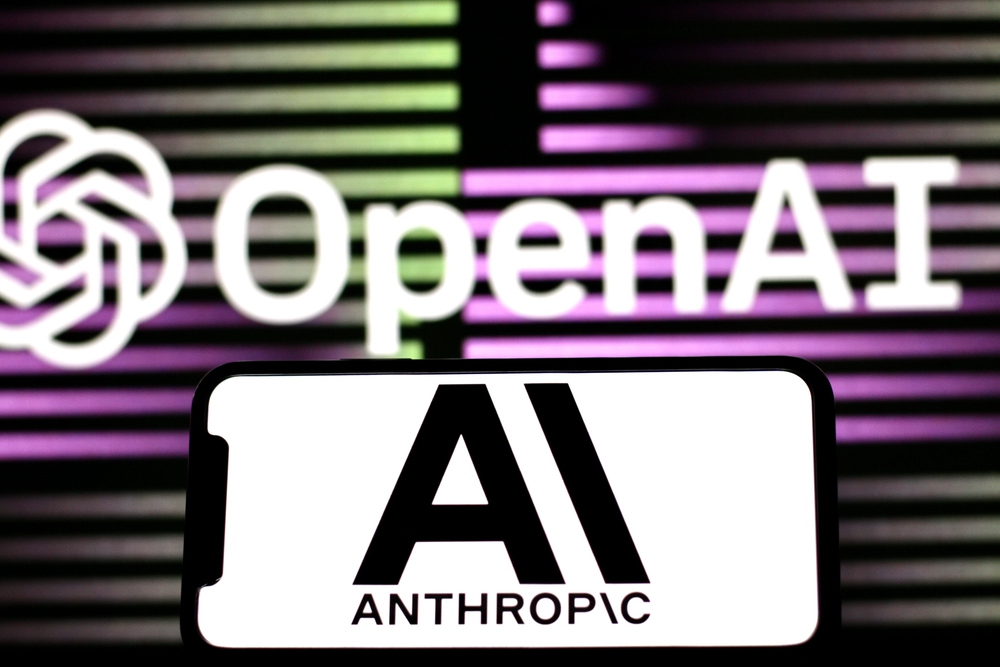In today’s world, artificial intelligence (AI) is becoming a bigger part of our everyday lives. Two of the newest and most advanced AI helpers are Claude 3.5 Sonnet, created by a company called Anthropic, and GPT-4o, made by OpenAI. These smart computer programs can understand and create text that sounds like it’s written by a person, helping with all sorts of tasks. But how do they stack up against each other? Let’s take a closer look at Claude 3.5 Sonnet and GPT-4o, exploring what they’re good at and what makes each one special.
The Basics


First, it’s important to know that both Claude 3.5 Sonnet and GPT-4o are like super-smart digital assistants. They’ve learned from huge amounts of information, which lets them chat with people, answer questions, and help with various jobs across many subjects
Claude 3.5 Sonnet is part of a family of AI helpers made by Anthropic. It’s known for doing well in all kinds of tasks, from writing stories to solving tricky problems. GPT-4o is OpenAI’s latest version of their popular AI. It’s gotten much better at understanding things and completing tasks compared to earlier versions.
Understanding and Creating Text with Claude 3.5 Sonnet and GPT-4o


Both Claude 3.5 Sonnet and GPT-4o are great at understanding what people say or write to them. They can pick up on subtle meanings and give relevant answers. However, there are some small differences in how they work.
Claude 3.5 Sonnet is particularly good at remembering what you’ve said earlier in a conversation. It’s also great at following complicated instructions and giving detailed, well-organized answers. GPT-4o is also very capable, but sometimes you need to be more clear about what you want it to remember from earlier in your chat.
When it comes to writing, GPT-4o often comes up with more imaginative and varied ideas. This can be really helpful for things like making up stories or brainstorming. Claude 3.5 Sonnet tends to give more focused and exact responses, which can be better for writing about technical subjects or giving step-by-step instructions.
Thinking and Problem-Solving
Both AI assistants are good at figuring things out, but they each have their strong points. Claude 3.5 Sonnet is especially good at logical thinking and solving problems step-by-step. It’s great at breaking down complicated issues and explaining how it came to its conclusions.
GPT-4o is particularly skilled at thinking about abstract ideas and finding connections between things that might not seem related at first. This makes it really useful for tasks that involve different subjects or coming up with new solutions to problems.
When it comes to math and computer coding, both do a good job. Claude 3.5 Sonnet often gives more detailed explanations of how it solved a problem, while GPT-4o might be quicker at writing code or proving math theories.
Being Responsible and Fair


One area where Claude 3.5 Sonnet really stands out is in trying to be ethical and fair. It’s designed to say no to requests for harmful or illegal activities and tries to give balanced views on sensitive topics. While GPT-4o also has safety measures, Claude 3.5 Sonnet seems to be more proactive about addressing potential concerns.
Both AI assistants have gotten better at avoiding unfair biases, but it’s still an ongoing challenge. Users should remember that these systems can sometimes reflect society’s biases and should be used carefully, especially when dealing with sensitive subjects.
Working with Other Types of Information
GPT-4o has some advantages in working with different types of information beyond just text. It can handle tasks that involve understanding and analyzing images, which Claude 3.5 Sonnet isn’t designed to do. This lets GPT-4o tackle a wider range of tasks that involve visual elements.
Customization
OpenAI offers some options for adjusting GPT-4o to fit specific needs. This can be really useful for businesses or developers who want to create specialized AI tools. Claude 3.5 Sonnet is very capable right out of the box, but there aren’t as many options for customizing it at the moment.
Speed and Efficiency
Both AI assistants perform impressively, but they have different strengths. Claude 3.5 Sonnet often gives shorter, more focused answers, which can be better for tasks that need precise information. GPT-4o sometimes gives longer responses, which can be great for creative tasks but might need more filtering for factual questions.
When it comes to efficiency, Claude 3.5 Sonnet generally uses less computer power, which could make it cheaper to use for big projects. GPT-4o, while it needs more resources, offers top-notch performance for certain complex tasks.
Honesty and Explaining Itself
Anthropic has made a big effort to be open about what Claude 3.5 Sonnet can and can’t do. The AI itself is designed to be upfront about its abilities and limitations, and it’s quick to say when it’s not sure about something.
OpenAI has also worked on making GPT-4o more transparent, but like many AI systems, it can sometimes seem more confident in its answers than it should be. This shows how important it is to think critically when using any AI system.
Real-World Uses


Both Claude 3.5 Sonnet and GPT-4o can be used in many different ways across various industries. They’re helping with customer service, writing content, assisting with research, and more. Claude 3.5 Sonnet’s focus on being ethical makes it especially good for use in healthcare, education, and legal fields where trust and accuracy are really important.
GPT-4o’s ability to work with different types of information gives it an edge in areas that need more than just text processing. Its strong performance in creative tasks also makes it popular among writers and marketers.
Wrapping Up
In the end, choosing between Claude 3.5 Sonnet and GPT-4o depends on what you need to use it for. Claude 3.5 Sonnet is great for situations that require careful ethical consideration, detailed explanations, and focused problem-solving. GPT-4o excels in creative tasks, working with different types of information, and situations that benefit from its ability to think about abstract ideas.
Both of these AI assistants represent big steps forward in technology and are pushing the boundaries of what computers can do with language and information processing. As they continue to improve, they’re likely to become even more important in how we work, learn, and deal with information.
It’s crucial to remember that while these AI tools are incredibly powerful, they’re not perfect. Users should approach them with a critical mind, double-check important information, and be aware of what these AIs can and can’t do. As we continue to use AI more in our daily lives, understanding the strengths and weaknesses of different systems will be key to using them responsibly and effectively.
Please note, that the author may have used some AI technology to create the content on this website. But please remember, this is a general disclaimer: the author can’t take the blame for any mistakes or missing info. All the content is aimed to be helpful and informative, but it’s provided ‘as is’ with no promises of being complete, accurate, or current. For more details and the full scope of this disclaimer, check out the disclaimer page on the website.





